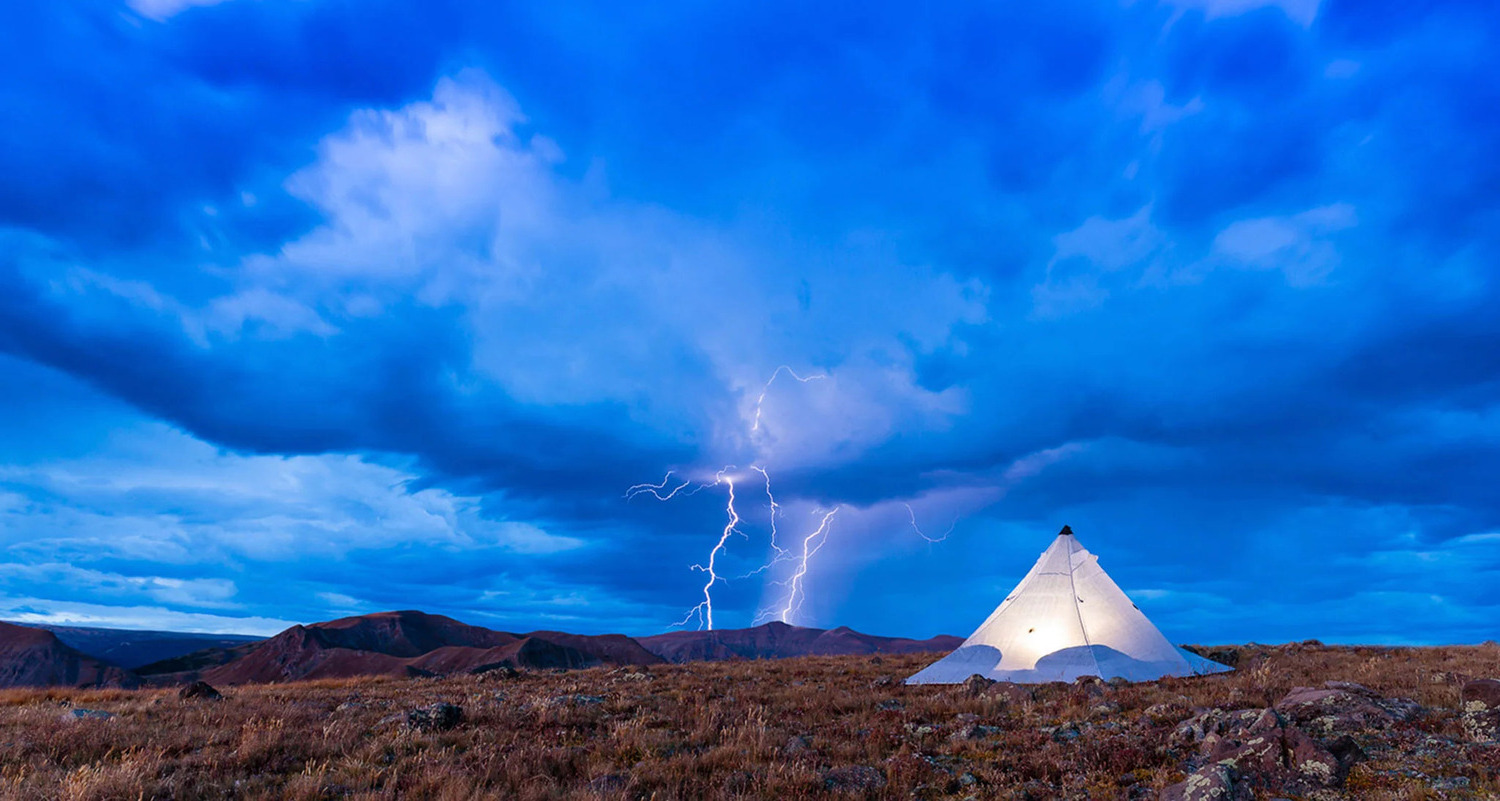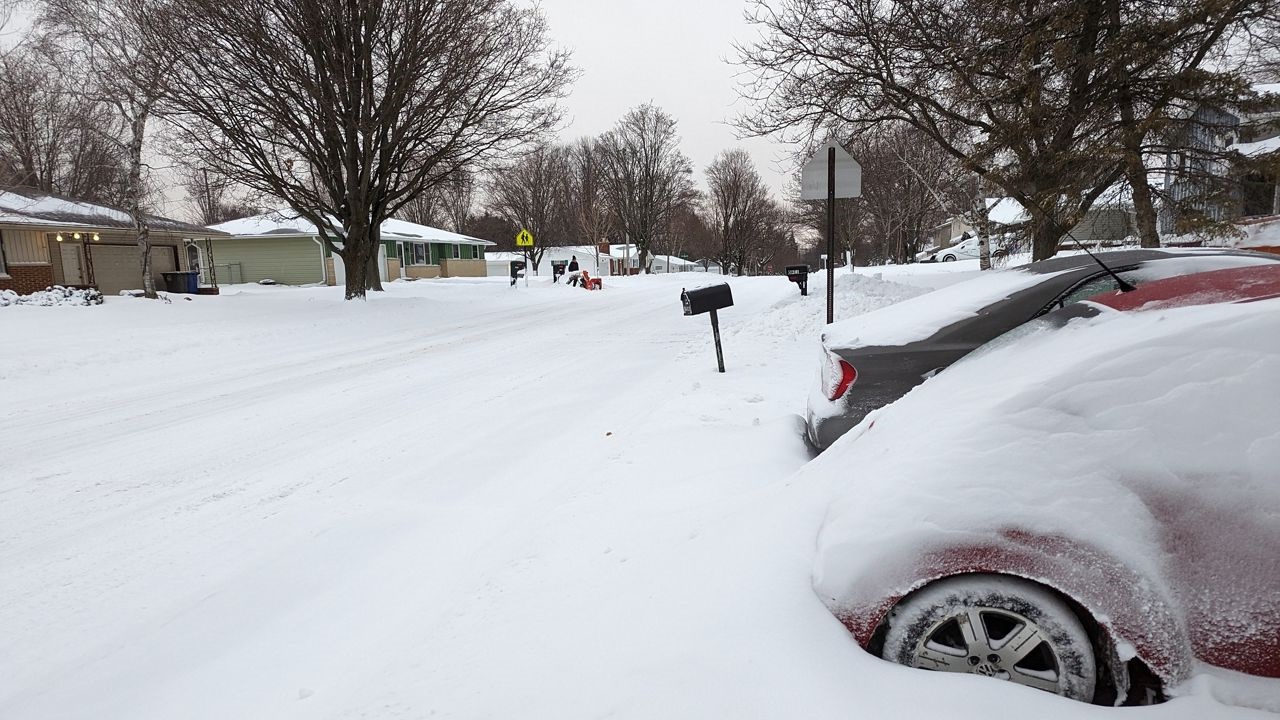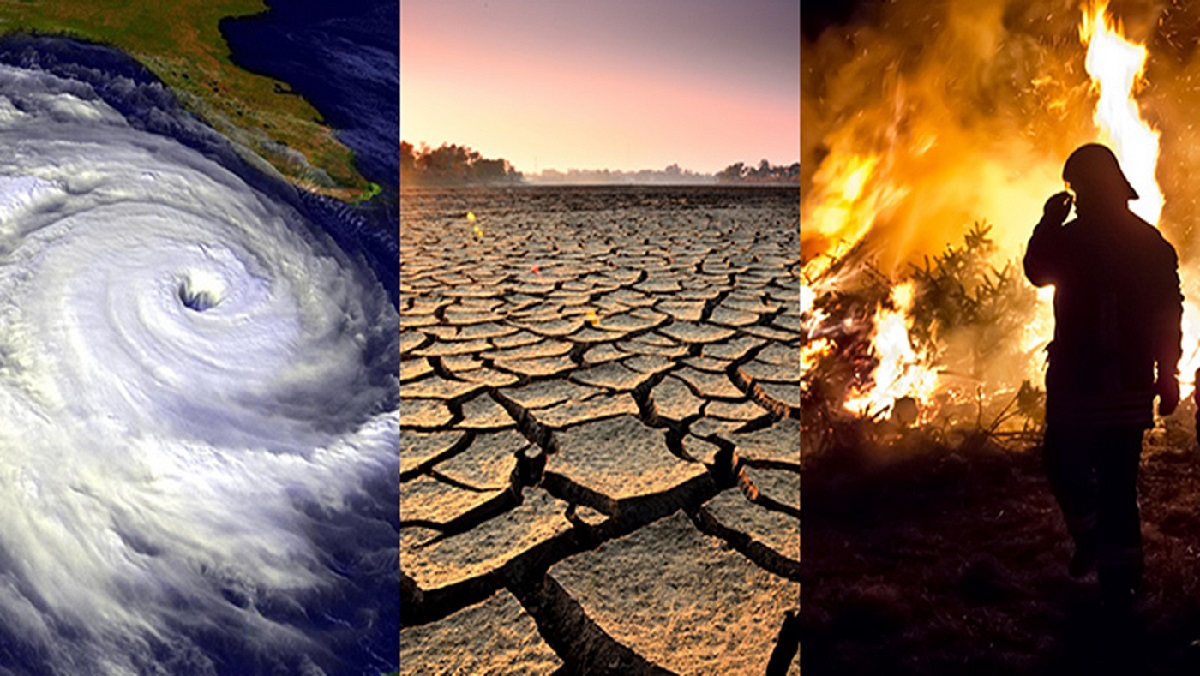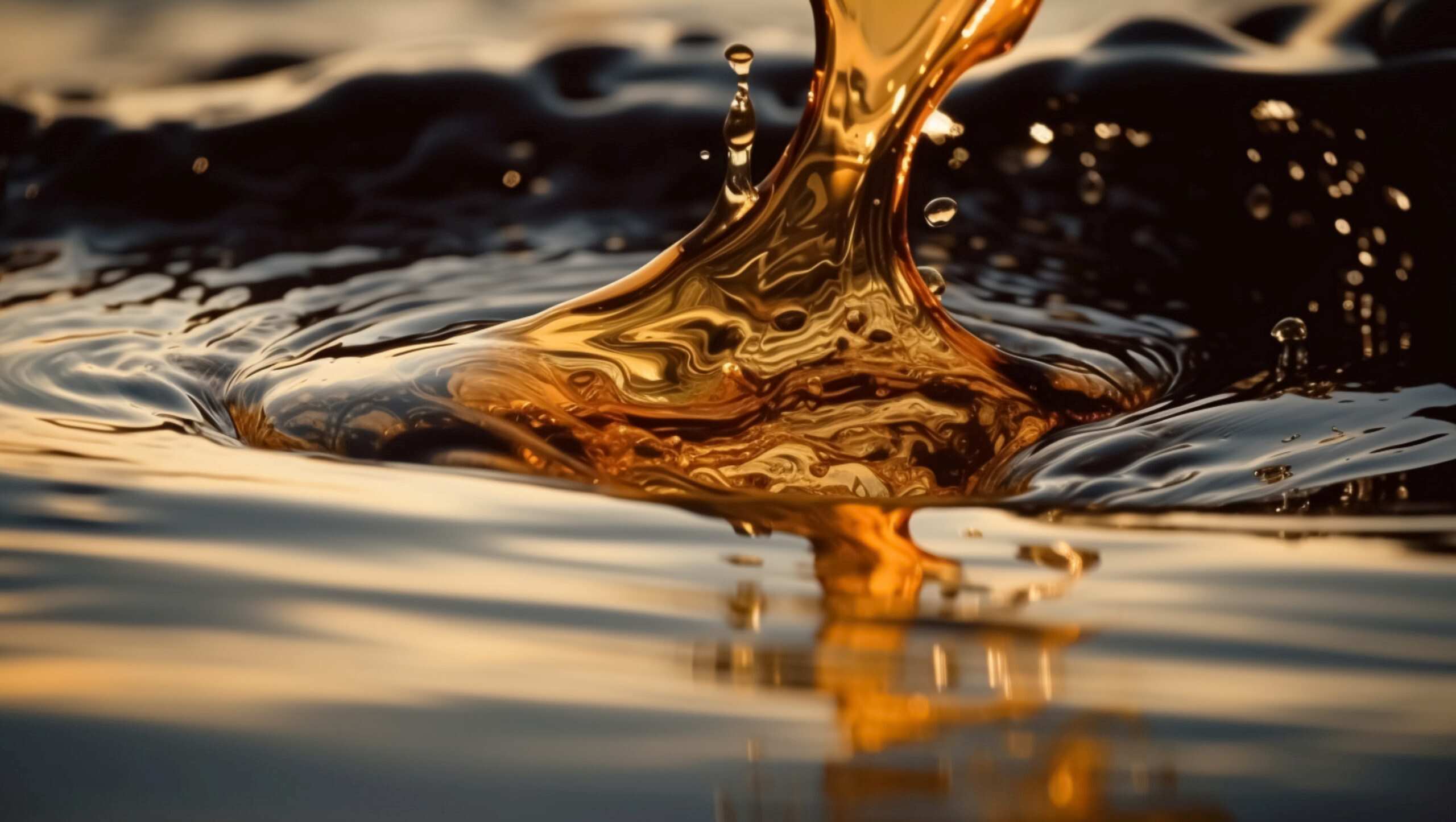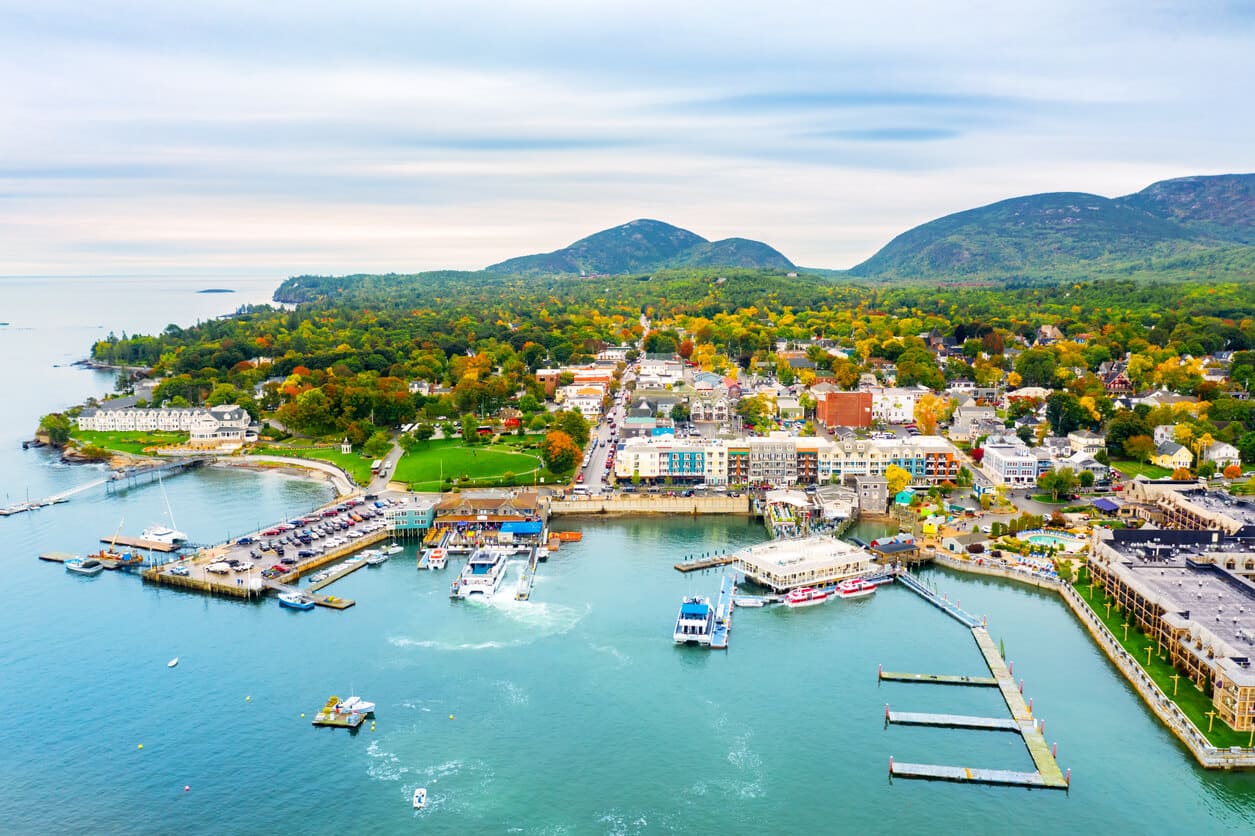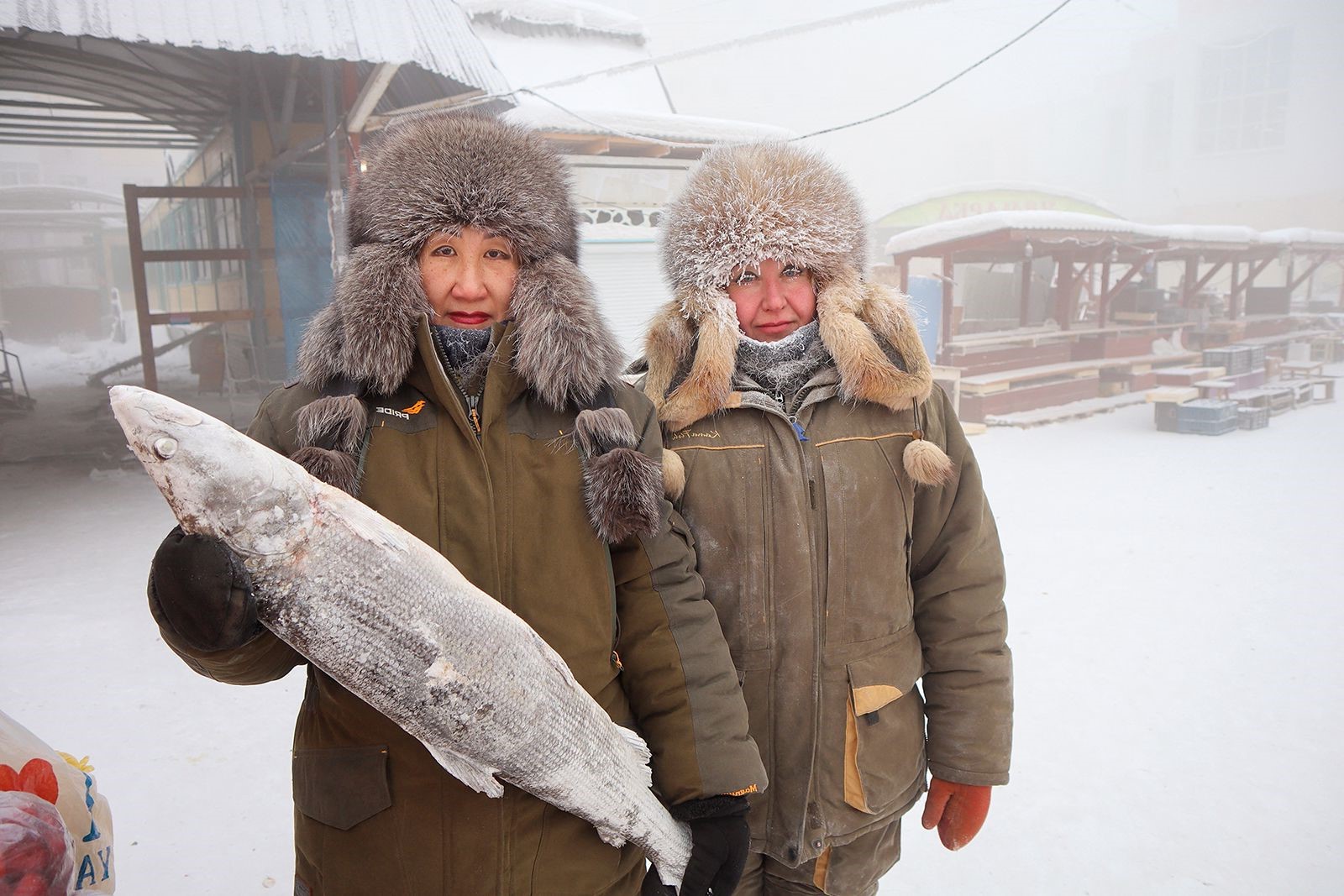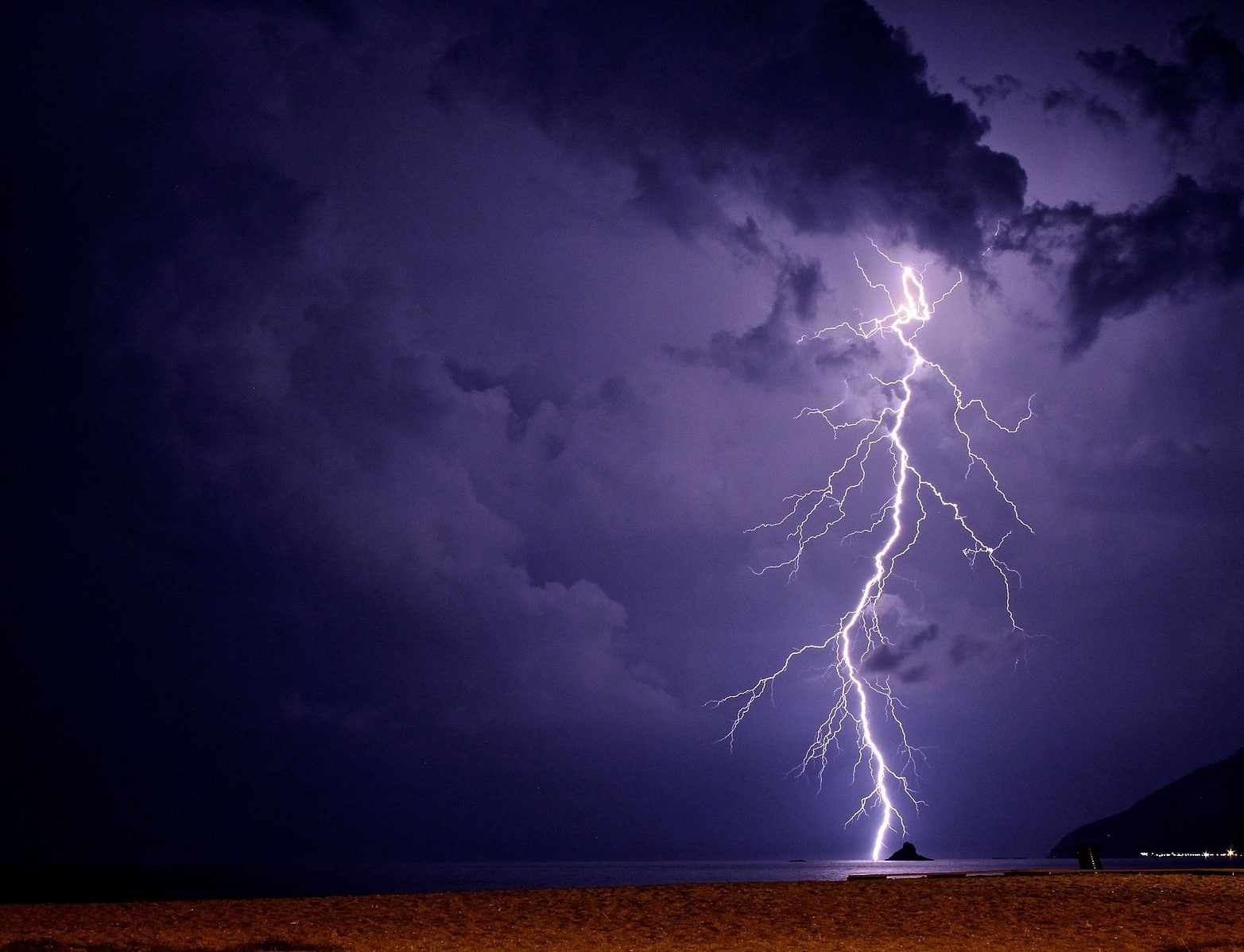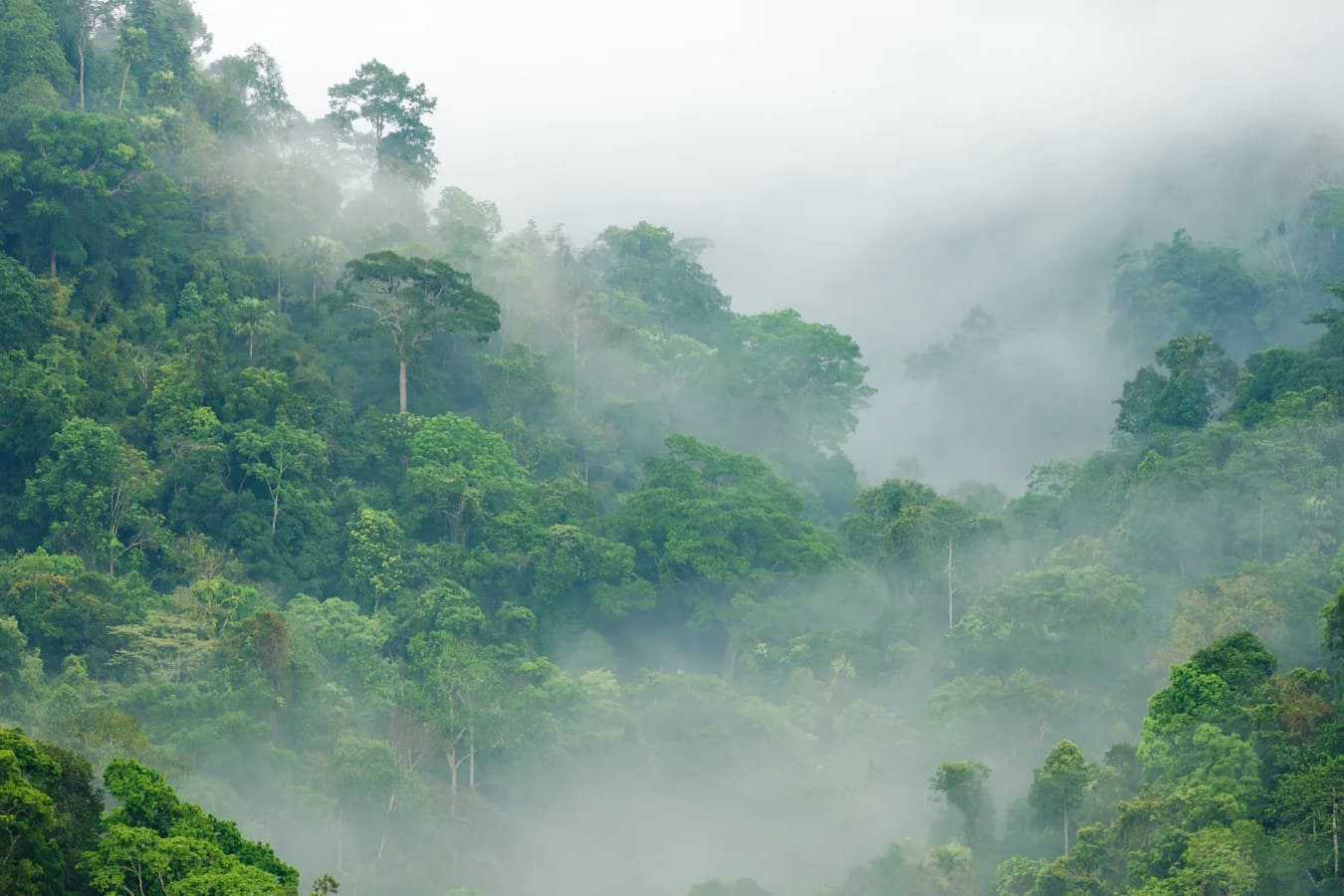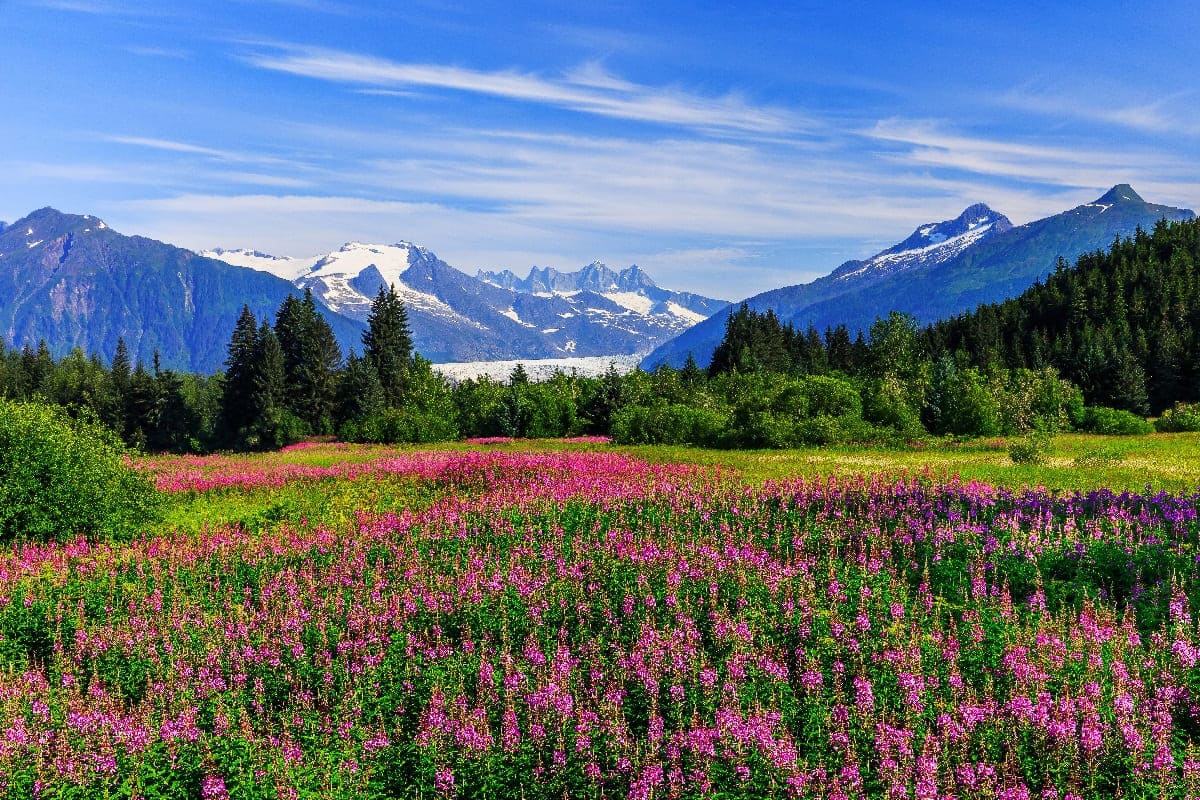Home>Weather and Climate>How Do Scientists Reconstruct Past Climate Conditions?
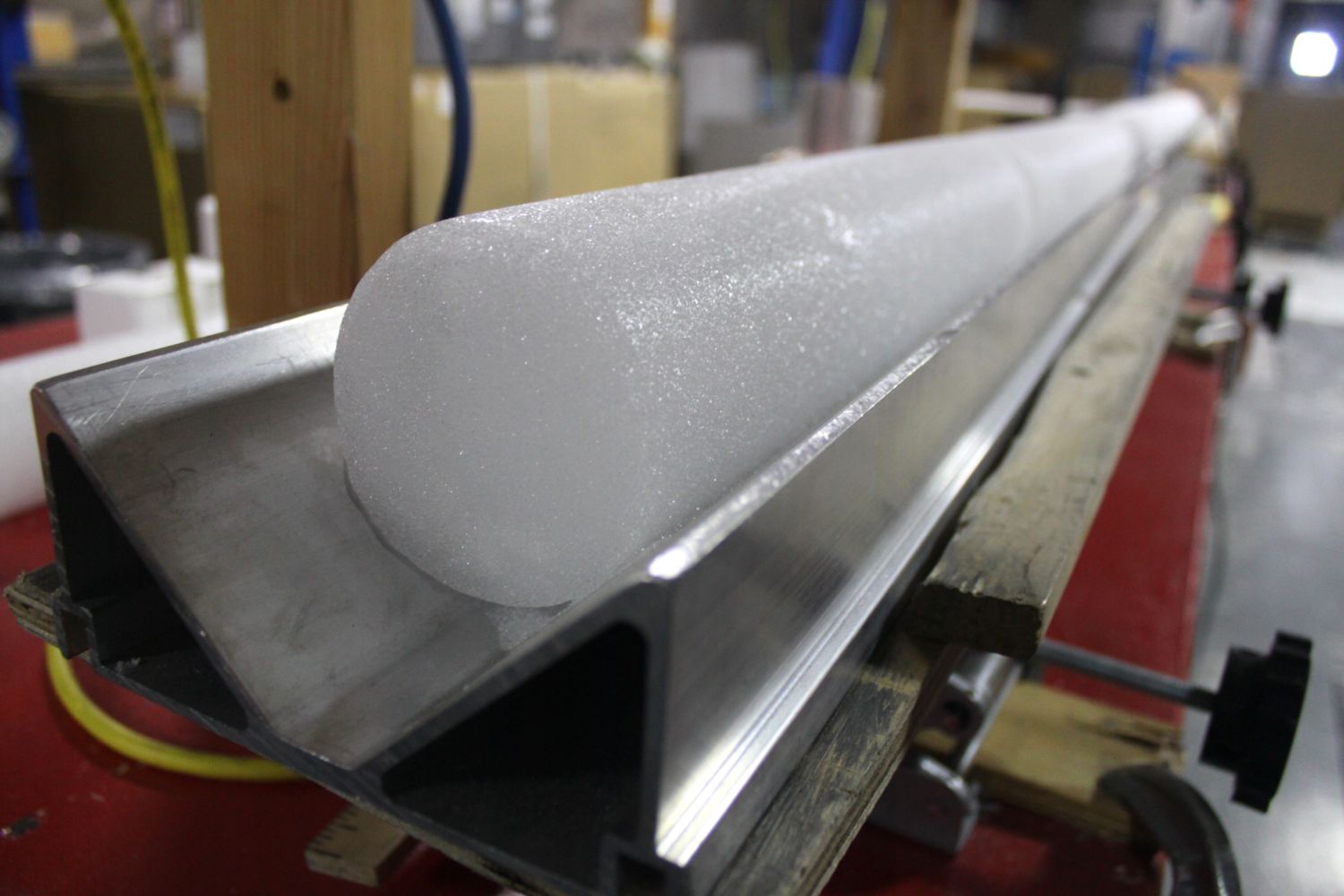

Weather and Climate
How Do Scientists Reconstruct Past Climate Conditions?
Published: June 24, 2024
Explore the significance of reconstructing past climate conditions for scientists studying weather and climate. Learn how historical data informs future predictions.
(Many of the links in this article redirect to a specific reviewed product. Your purchase of these products through affiliate links helps to generate commission for Temperatures.com, at no extra cost. Learn more)
I'm diving deep into history, but not in the way you might think. I'm reconstructing past climate conditions, piecing together a puzzle that's not only fascinating but crucial for understanding our planet's future. Imagine being a detective, but instead of solving crimes, I'm decoding Earth's climatic secrets.
Using ice cores, tree rings, and sediment layers, I can tell you about temperatures, rainfall, and even atmospheric compositions from centuries ago. These natural recorders are like time machines, allowing me to peek into the past and see how Earth has changed over millennia.
Why does this matter? Well, by understanding historical climate patterns, I can help predict future changes. It's like putting together a forecast but on a much grander scale. This knowledge is vital for preparing for what's coming, be it rising sea levels or shifts in agricultural zones.
So, every day, I'm piecing together Earth's climatic history, one ice core, one tree ring, and one sediment layer at a time. It's a journey through time, unlocking secrets that the planet has carefully preserved, secrets that could hold the key to our future.




